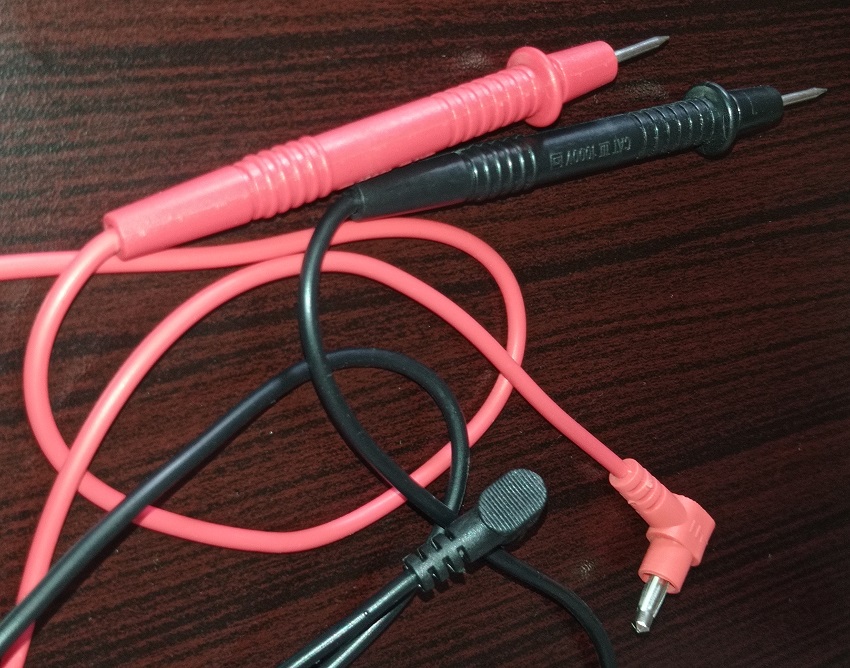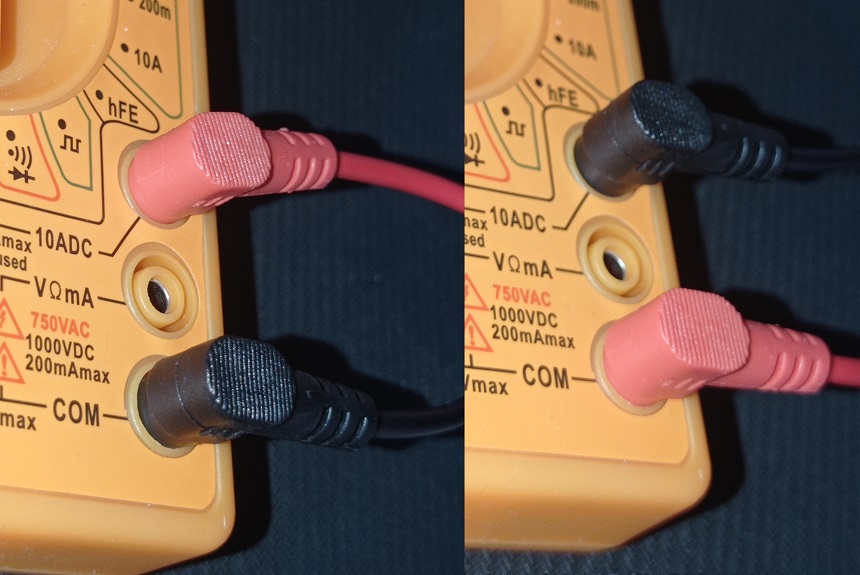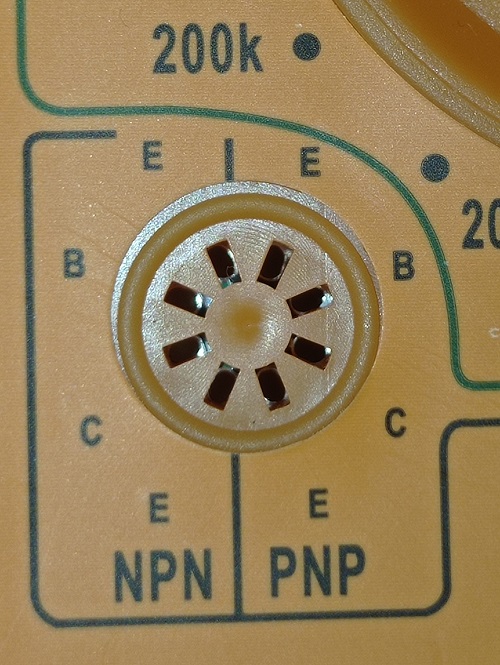Accurate current readings are often obtained using a multimeter, the preferred electrical and electronic troubleshooting instrument. Voltage measurement is a critical tool in this process. This article will explore the common issue of a multimeter displaying incorrect voltage and why this may occur.
It is because of a low multimeter battery, faulty leads, incorrect placement of probes, component failure, and a blown fuse on the voltmeter. Moreover, if the multimeter is not set to the correct mode or range for the voltage you are trying to measure, this can also cause incorrect readings.
If you are an electrical or electronics geek, you might know the multimeter well. You may occasionally find yourself in an unusual situation in which your multimeter begins to display incorrect voltage. It could cause you to be confused or angry and put your projects or device at risk. But don’t worry; many things can cause this problem, and most can be fixed.
Low Battery
First off, if your multimeter relies on a battery for power, a low battery can frequently produce inaccurate results. As the battery dies, it can no longer give the multimeter the power it needs to work at its best, which makes the voltage numbers less accurate.
- How To Fix It?
Ensure the battery is fully charged if you are using a rechargeable battery for your multimeter. If you change the batteries and the multimeter still gives you the wrong results, you may need to look at other possible problems.
Faulty Leads
Leads are a crucial component in a multimeter setting. If they are broken, frayed, or weakened in any other way, they can change the voltage reading. They might not carry the whole signal, or even worse, they might add noise to the signal.
- How To Fix It?
Check your lines often for wear and tear or physical damage. If you find them, change them right away. If you buy a good set of leads, you can avoid a lot of misunderstandings and mistakes.
Incorrect Placement of Probes
The proper positioning of the tools is an essential step that is not always given enough consideration. If the probes are not properly connected, your multimeter may provide inaccurate voltage readings.
- How To Fix It?
Always connect the positive probe to the positive terminal of the device or circuit you’re testing and the negative probe to the negative terminal. Also, pay attention to the input jacks on the voltmeter. Some multimeters have different jacks for measuring voltage, current, and resistance, so make sure the probes are plugged into the right jacks.
Component Failure
A multimeter can break, just like any other device, if one of its parts breaks. Over time, wear and tear can cause internal parts like resistors, capacitors, and even ICs to break down, which can cause numbers to be off.
- How To Fix It?
If you think a component is failing, it’s best to take your multimeter to a professional for a complete checkup and any needed repairs. Remember that if you open up your multimeter to fix it yourself, you might void the warranty, so it’s better to call a pro.
Blown Fuse
Many multimeters have an internal switch that keeps the device from being damaged by high currents. If this fuse blows, it could affect how the voltmeter works and cause it to give wrong voltage readings.
- How To Fix It?
If you think a fuse has blown, look in the instructions for your multimeter to find the fuse. You can test the continuity of the suspicious fuse with a good multimeter. If your multimeter’s fuse is blown, then you have to replace it immediately. Replacing the fuse might also protect the multimeter from further damage.
How Do You Calibrate a Multimeter Voltage?
You can celebrate it using a known voltage resource like a 9 or 12 volt battery. Different multimeters are made differently and need to be calibrated in different ways. The best thing to do is to read the instruction manual first and then try your method.
For this step, you need a voltage source that has been measured. It could be a high-quality standard from a lab or a new battery with a known voltage. To test the multimeter, turn it on and connect it to the known voltage or the source.
For example, if your source is a 12V battery, connect your voltmeter’s red probe to the battery’s positive terminal and the black probe to the negative terminal. Choose the voltage range on your voltmeter that matches the voltage of your reference source.
Once the multimeter is linked, it will show a reading. If your multimeter is exactly calibrated, this number should match the known voltage of your reference source. It would be 12 volts for a 12 volt battery.
If the number on the multimeter doesn’t match the voltage of your reference source, your multimeter needs to be calibrated. Look for a screw or dial that says “calibration.” It is usually on the back or side of the device. While the reference source is still attached, carefully turn this screw until the multimeter’s display shows the same voltage as the reference source.
How Do You Know If Your Voltmeter Is Bad?
Readings that don’t make sense: This is the clearest sign that your voltmeter may be broken. If your voltmeter gives you numbers that change wildly when measuring a known voltage source, or if it shows a voltage in an open circuit (where there shouldn’t be any), it may be broken.
When you’re not reading anything, a working voltmeter should read “0.” If it doesn’t show zero when it’s not attached to a circuit, that could mean something is wrong.
Look for any physical damage. Are there any clear signs of damage, like cracks or burned parts? Also, look for signs of wear or damage on the leads and connections. If a connector is broken, it could cause the results to be wrong.
Conclusion
Several things can cause a voltmeter to show wrong voltage readings. First, a low battery can make the readings less accurate, so ensuring the battery is fully charged is important. Bad lines can also cause wrong readings, so they must be checked regularly and replaced if damaged.
Another common problem is the wrong placement of the probes, which shows how important it is to connect the probes to the right connections and jacks. A professional should fix component failures like broken resistors or capacitors because they can also result in incorrect readings.
Moreover, a blown fuse inside the voltmeter can also affect voltage readings and needs to be replaced with a fuse with the same specs. The device needs to be calibrated regularly according to the manufacturer’s directions to get accurate readings, using a known voltage source as a standard.
A bad voltmeter will give you strange readings, won’t show “0” when it’s not plugged in or has damage to the device or its links. Taking care of these problems quickly will help keep the voltmeter accurate and reliable, which is important for doing good work with electronics.











